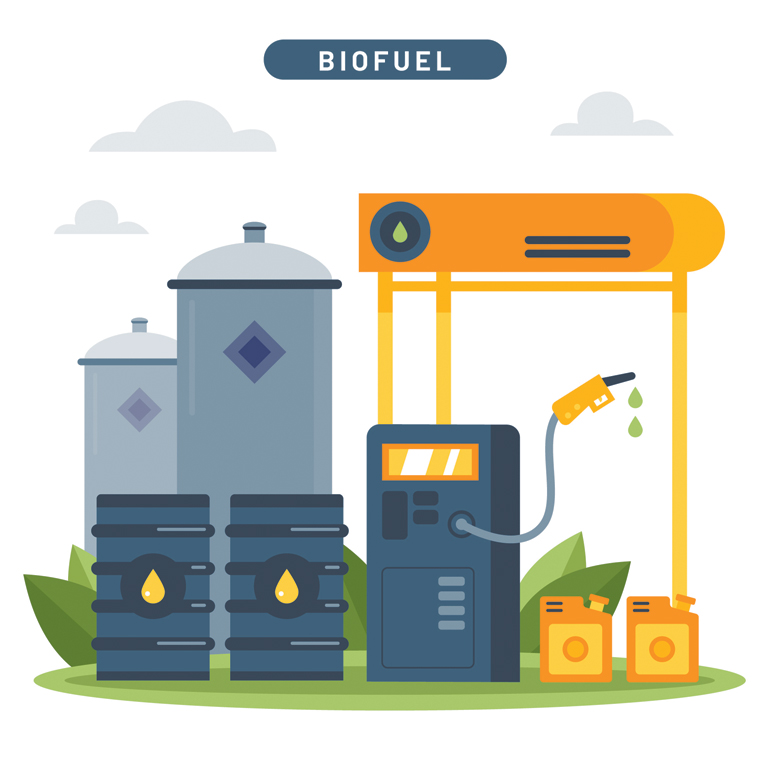The role of natural gas in the Philippines’ energy mix

The Philippines has a looming energy crisis. The Malampaya gas field, currently supplying 20% of Luzon’s electricity requirements, is expected to be commercially depleted by 2027 despite President Ferdinand “Bongbong” R. Marcos, Jr.’s efforts to boost its production amidst a new 15-year contract.
Formidable electricity production challenges such as an increasing demand due to an ever-increasing population require the Philippines and the Department of Energy (DoE) to find new sources of energy that will not only fill the void that Malampaya will leave but also be sustainable for the environment.
According to the International Trade Association, the Philippine Energy Mix as of 2022 is made up of coal (31%), natural gas (4.2%), renewable energy (32.7%), and oil-based solutions (32.2%). Meanwhile, the DoE’s Philippine Energy Plan 2020-2040 predicts that 50% of the country’s energy will be renewable, 26.6% natural gas, 23.1% coal, and the rest for oil-based and biomass sources in the next two decades.
The noticeable increase in power supply generated from renewable energy and natural gases is expected to reduce greenhouse gas emissions by 35% or around 119 million tons of carbon equivalent by 2040.
This only highlights the role of natural gas as a “bridge” fuel in a transitional energy system towards a low-carbon economy.
“Natural gas, therefore, is seen as a suitable transition fuel by which the private sector investments in this technology will be facilitated as a way to enable the viability of large renewable energy capacity additions and ensure the reliability and security of the power system,” the DoE said.
However, the country’s only source of indigenous natural gas, the Malampaya gas field, is slowing down production while several Gas Sales Purchase Agreements (GSPAs) have likewise started expiring in 2022.
“Although the current supply can go as far as 2027, the volume may not be enough to supply the requirements of the existing natural gas-fired power plants as well as to support future expansion of natural gas application,” the DoE states on their Natural Gas Development Plan.
To address this dilemma, the DoE has pipelined six liquefied natural gas (LNG) Terminal Projects estimated at P69.23 billion. These projects started operation in 2022 and will end in 2025. The terminals are projected to ensure the continuous operations of power plants supplied by Malampaya and bring about energy security.
In relation to this, the energy department greenlit the construction of a $67-million LNG terminal project in Mariveles, Bataan in January last year. The new terminal has the capacity to import 200,000 to 400,000 tons of LNG annually and is expected to be operational during the first semester of this year.
Similarly, three of the country’s top energy firms also partnered to form a large-scale integrated LNG facility in a deal valued at $3.3 billion recently. AboitizPower, Meralco, and San Miguel Corp. agreed to invest in the 1,278-megawatt (MW) Ilijan power plant and a new 1,320-MW facility set to start operating by the end of the year.
Aside from these developments, the House of Representatives also approved a measure outlining the development path of the downstream natural gas industry in August 2023. House Bill (HB) No. 8456 or the Philippine Downstream Natural Gas Industry Development seeks to promote natural gas as an energy fuel, position the Philippines as an LNG trading and transshipment hub within the Asia-Pacific region, and promote and speed up the exploration and development of indigenous natural gas resources and facilities.
Additionally, the bill incorporated provisions encouraging stakeholders to invest in LNG. Under the proposed law, the sale of natural gas will be subject to a zero percent VAT.
Converting facilities from oil and coal to gas will also be deemed as eligible capital expenditures under Section 294 (C) of the National Internal Revenue Code. Furthermore, local purchases of goods, property, and services needed for LNG terminals, downstream natural gas transmission, and other distribution systems will be entitled to zero-rated VAT as well.
LNG presents a promising solution to address the looming Philippine energy crisis while simultaneously reducing greenhouse gas emissions. Despite the lack of local sources, the versatility, abundance, and relatively low environmental impact of natural gas make it a compelling and more sustainable “bridge” fuel.
With advancements in technology and infrastructure, LNG is poised to play a significant role in the transition to a more sustainable Philippines. — Jomarc Angelo M. Corpuz



